How humans attempt to label and list music (and enjoy arguing about it)...
This became a topic, off-line, yesterday evening.
How are 'folk', 'roots' 'bluegrass' and others actually defined? Indeed are there any clear boundaries at all, when it comes to what may, or may not be included? This is a topic that I just know could run forever.
It came back to mind just now as I am thinking about, and listening to, the 2014 recorded music I have acquired. Here's a picture of the first tranche (and yes, that is an Island 'pink label' on a 2014 vinyl release)...
Above all this, however, it throws up a wider metaphysical question. Why do we tend to favour the process of 'classification' and why is such comfort gained by associating the very diversity (which we also tend to like) of things with a rather small number of 'boxes' in which we aim to 'put' them?
Digital devices are all very good for making and storing lists, assuming we are organised enough to store the stuff on them. Digital devices don't argue about the lists we chose to inflict on them and as an example I can find no reliable report of a digital device that has unilaterally declared that it can't abide U2.
Amazon's algorithm is quite good at suggesting things that I might like but not because it knows me and how I think. It simply knows about other people and what they have purchased or browsed and therefore, indirectly, how they think. What digital networks are not yet any good at is what humans are innately good at. That is spotting apparently curious connections or comparisons that are not within any logically associated domain but which very often our fellow humans can relate to. We humans do so endlessly, much to our mutual delight and annoyance.
This is where we get to the arguing part of it. Folk/roots music does not work by rules - it evolves and it does so unpredictably. That is important because if that were not so then it would be a dinosaur. There would be nothing new, original and incisive about it.
When Bob Dylan was pilloried for going electric others such as Fairport Convention took the idea and ran with it. It was ever thus. One other important point is that until quite recently folk/roots music was seen at best to be a minor genre managing decline as best it could.
In a few years, and due to changing technology as much as changing taste, that concept has altered quite remarkably. It is now possible to record and release music without the expenditure, in equipment, facilities or even travel and other sundries such as it recently was. It is true that many fine labels - Topic Records and Fellside Recordings being just two that spring to mind - had continued to release such music and while it is most certainly still not easy to make even a modest living from it, the balance of power has shifted and also in another very important way - the traffic in folk/roots/Americana has also become fully fledged two-way traffic as the often perceived insularity has broken down.
There are some instruments that have evolved to belong, even though until quite recently they did not. Bouzouki is an instrument from Asia Minor. By the early 20th century it had migrated and evolved and was found in music of the Balkans, Bulgaria, Romania and Greece. One of the first, and the best known to introduce it to Celtic folk music was Dónal Lunny of Planxty. The band spent time behind the Iron Curtain in the early 1970s and this is reflected in several tracks on the 1974 album 'Cold Blow and The Rainy Night', to which I am listening as I write. Also on the album are several other songs that do not come directly from the UK or Irish folk canon - The Lakes of Pontchartrain and The Green Fields of Canada being two of them.
There are several others that are not native to UK folk but I'd find to argue that they are no longer assimilated, to all intents and purposes.
Phillip Henry and Hannah Martin are at the top of their game, winning best duo at the BBC Folk Awards 2014, and they headline North Dorset Folk Festival this coming Saturday. They extensively play two instruments that do not feature in the traditional folk canon. Hannah, as well as playing awesome fiddle, is a mean banjo player. Quite when it arrived in UK folk I don't know but it is an essential of bluegrass and also Appalachian 'old time' music, especially when played clawhammer (that is with the back of the fingernails rather than traditionally plucked) in the latter case. Phillip is an amazing resonator guitar player and this instrument although probably of Hawaiian origin entered popular music in the early 1920s via Jazz as it was loud enough to compete (unamplified) with the brass section. Often simply known as dobro this is a brand - it is exactly like calling all generic vacuum cleaners hoovers. Any which way the instrument quickly became a feature of both blues and bluegrass too, as they spread north up the Mississippi. Another Hawaiian instrument to gain traction, because of its general versatility is the ukulele. In all cases these instruments were readily adopted because they were very usable within the existing structure but also bought with them new possibilities. Not everyone welcomed these developments, that much is certain, but this is what a living tradition needs to do to flourish. The fast changing USA absorbed and developed all these influences, including those that came from Africa, whether via the Carribean, south and central America or simply directly and new dimensions took shape.
Inevitably the result was exported once again. There would have been no British blues, in the mould of Free and early Peter Green's Fleetwood Mac, had that not happened. An interesting corollary to this is 'Black Magic Woman' - the Carlos Santana version (1970) is so well known that it is often forgotten that it is a cover of a 1968 Peter Green original (but only a single and then only released in the UK). It appeared on the Santana album 'Abraxas' by which time it had acquired new parts influenced by traditional eastern European Roma music and also Latin american rhythm. Plenty of the eastern European tradition had also made its way west across the Atlantic and that is evident in much bluegrass and Appalachian fiddle music.
So where does this find us? In a whirlpool that none of us had imagined, I rather think!
I shall continue in a new post if only because Blogger tells me that I can't add any more 'labels' to this one!
What is more, come this weekend I will also have a whole lot of live music to write about and, if I have my way, plenty of photos to go with that. I can't wait.
.jpg)

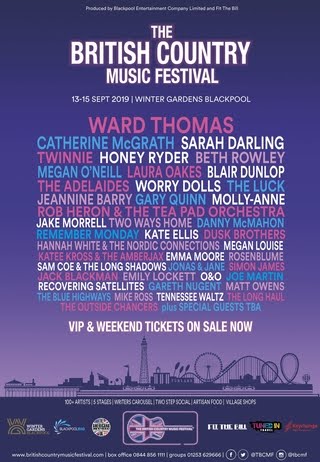

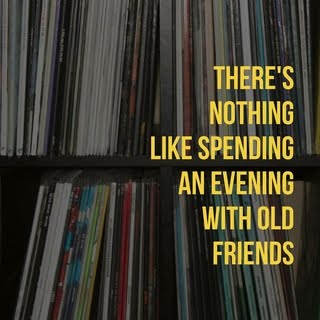

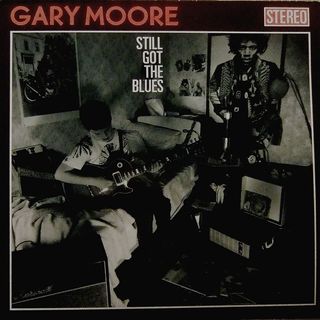

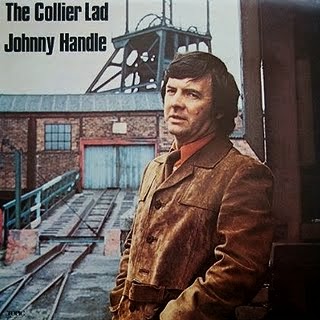
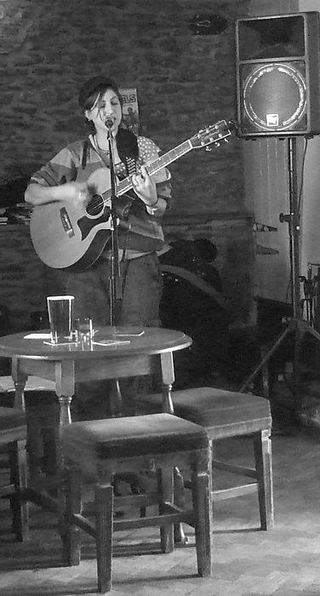
.jpg)
.jpg)
.jpg)

No comments:
Post a Comment